There are a few things that you may not be used to when driving in New Zealand. Make sure you have a safe and enjoyable journey. Please watch the video above and read this booklet before starting out.
Driving tips, NZ road rules and safety
New Zealand Driving tests online
There are hundreds of hidden speed cameras all over New Zealand. We strongly recommend that you obey the New Zealand speed limits. You are breaking the law when you exceed our speed limits and therefore can default your insurance.
Before setting out on a winter road trip, it’s important you are clued up on weather activity and road conditions in your region. Monitor the weather before you leave and note down any areas expecting heavy snow, rainfall or hail. Good New Zealand websites for you to check on weather and road conditions are as follows:
When you’re renting a car it’s important to have chains available when travelling along snow and ice. Most rental companies will provide you with chains, as well as demonstrate how to fit them.
Black Ice is a thin sheet of ice on the road that is dark in appearance, making it extremely hard for drivers to see. It is commonly found around waterways and lakes, more often in shady or cooler areas. Black ice can cause drivers to lose control, so it’s important to drive carefully.
There are plenty of options for transport if you would prefer not to drive. Choose from shuttles, buses and trains; many have flexible itineraries and take in some great winter sights and activities.
Please view the DriveSafe Driving in New Zealand document, available in English, Spanish, Portuguese, French, German, Chinese, Japanese, Korean, Thai and Arabic.
The Safe Driving Information document is available as a Portable Document File (PDF), for which you will need Adobe Acrobat Reader. If you do not already have the free software you will need to download Adobe Acrobat Reader before you can view and print the PDF file.
For more information, please visit the DriveSafe website.
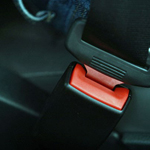
Buckle up! Seat belts save lives.
By law, everyone travelling in the vehicle (front and back seats) must use a seatbelt or approved child restraint. Child restraints are available from all Kiwi Direct car rental locations.
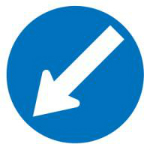
In New Zealand we drive on the left. That means the centre line is always on the right or drivers side of the car. On multi-lane motorways and open road passing lanes, slower traffic should always use the far left lane.
Most roads in New Zealand are two-lane roads on a single carriageway, which means there is no barrier between you and oncoming traffic.
Always stay left and do not cross the centre line.
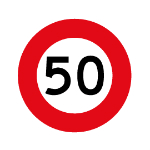
On the open road, the maximum speed limit is 100 kilometres per hour. In cities and towns, the maximum is 50 kilometres per hour.
Exceptions occur, for example around road works, so be alert for signs (on the left of the road) that tell you the maximum allowable speed.
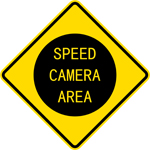
Our advice is to keep within the speed limit at all times. Mobile speed cameras can be found throughout the country and are normally placed in unmarked vehicles.
New Zealand Police enforce a low tolerance approach to speeding drivers and if you are caught speeding in a rental car you are responsibile for any fines incurred and any administration charges related to the fine.
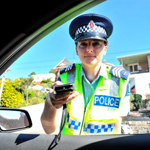
Do not drive a motor vehicle if you have been drinking alcohol. Random breath testing is carried out in New Zealand and heavy penalties and fines apply if convicted of driving under the influence of alcohol.
For drivers over 20 years of age, you must not drive if you have consumed more than the legal alcohol limit, which is 250 micrograms per litre of breath or 50 milligrams per 100 millilitres of blood.
Even small amounts of alcohol can affect your driving, so our advice is: if you drink any alcohol, don’t drive.
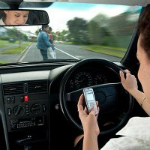
A driver must not, while driving a vehicle:
A driver may, while driving a vehicle:
The only other exception is if the driver is using the phone to make an emergency 111 or *555 call.
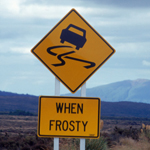
New Zealand roads cover some impressive terrain and can pass through amazing scenery, but they can also be treacherous in certain weather conditions.
Always drive to the conditions and reduce speed when necessary.
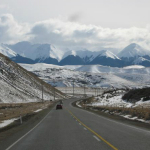
Winter driving conditions in New Zealand can be very tricky, especially through mountainous regions. The following are a few tips for safe winter driving:
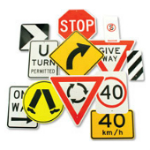
STOP – You must stop. Check for vehicles and give way to traffic approaching from the right or left.
GIVEWAY – Slow down and stop if traffic is approaching from the right or left, and follow the Give Way Rules.
Learn more about New Zealand Road Signs at the New Zealand Transport Agency website.
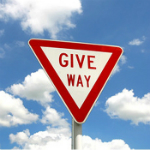
All traffic turning right must give way to vehicles coming from the opposite direction and turning left. At an uncontrolled intersection, all traffic from the terminating road (bottom of the ‘T’) will have to give way to all traffic on a continuing road (top of the ‘T’).
Basically, left turning vehicles have right-of-way unless a road sign is present to indicate otherwise.
Learn more about the Give Way rules in New Zealand by visiting the New Zealand Transport Agency website. The following pages contain very important information:
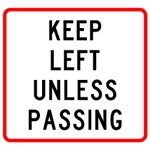
You must not pass another moving vehicle where a solid yellow line appears on your side of the centre line.
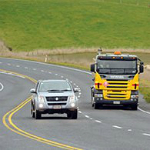
On the open road, be patient and wait for passing lanes, which make it easy and safe to pass slow vehicles.
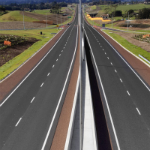
On a motorway you must not:
When changing lanes on a motorway, always indicate for at least 3 seconds and check the road is clear before changing lanes.
If you need to make an emergency stop:
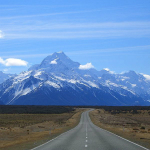
Country roads may have hidden dangers. Be on the look out for loose stones, ice and single-lane bridges.
When you reach a scenic attraction, don’t drive and look at the same time. Never stop on a corner, no matter how tempting the view.
And in a country with 40 million sheep, keep a look out for livestock being herded along the roads. If you find yourself sharing the road with sheep or cows, proceed very slowly and if required stop until the farmer has cleared the road.
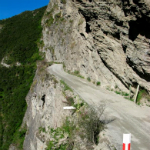
The following areas are classified as prohibited when driving our Kiwi Direct vehicles:
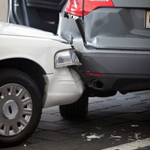
If you’re involved in an accident, please do the following:
For your protection, you should not admit liability under any circumstances.
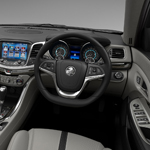
Always familiarise yourself with the vehicle’s safety equipment, including hazard lights, windshield wipers, the spare tire, seat belts and door locks. Make sure the vehicle always has plenty of petrol.
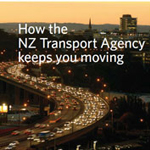
Refer to the NZ Transport Agency’s Current New Zealand Highway Conditions for the most up to date information regarding road conditions.